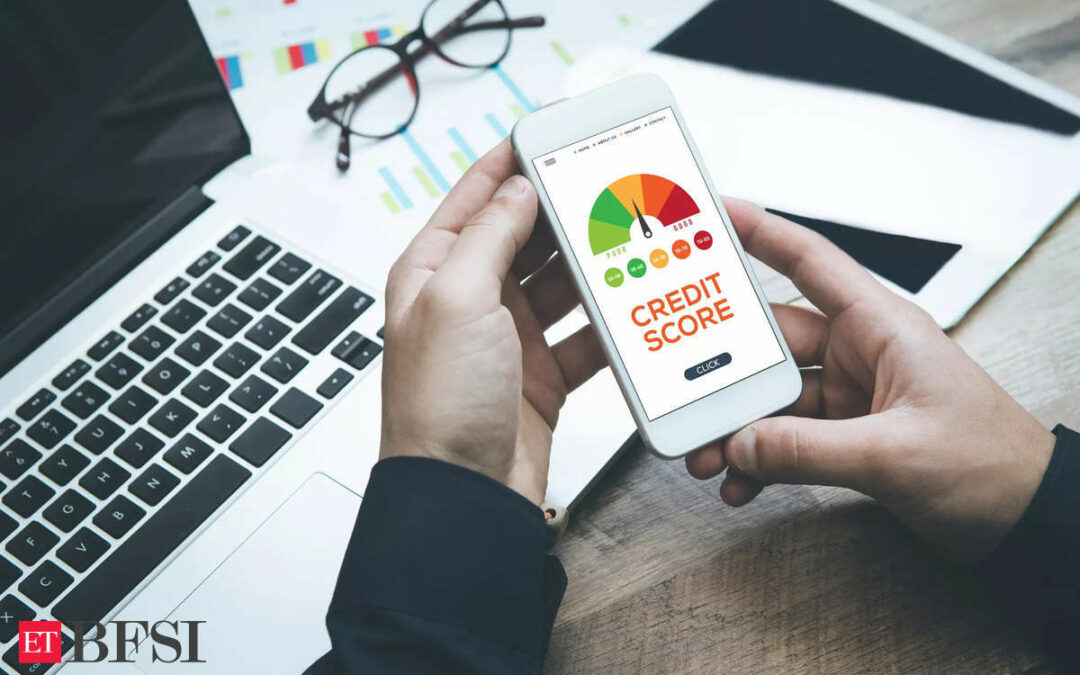Credit risk is the foremost challenge a financial player faces when lending to small and unorganised businesses. As these businesses typically don’t have any credit history, lenders are unable to assess their credit worthiness. Some of the traditional methods used for credit assessment such as using credit history to predict behaviour or analysing cash flows and profitability using bank statements and financial statements are not very helpful.
Identifying and mitigating risks such as credit default and market volatility ensures lenders about the stability of their loan portfolios, minimises losses and promotes responsible lending practices, says Shikhar Aggarwal, Chairman, BLS E-Services. “For MSMEs, proactive risk management supports their ability to secure funding by demonstrating financial reliability and business acumen, which is essential for growth and operational success. Furthermore, a robust risk management framework helps build trust with financial institutions, facilitating better loan terms and access to larger credit facilities, thus enabling MSMEs to innovate, expand and navigate economic challenges more effectively,” Aggarwal adds.
Ujual George, COO, Aye Finance, says his company bypassed this challenge by developing a fit-for-purpose underwriting model that relies on data sciences and a deep physical presence. “We have a workforce of 6,000 spread across over 450 branches across the country, which might look disproportionately large for the business that we do. But this phygital model has helped us manage credit risk successfully,” says George.
Managing risks during loan lending
Agarwal says that managing risks during lending is a challenging process for which lenders such as NBFCs require checking of many aspects. Lenders should check liquidity profile with seasonally adjusted patterns of funds utilisation; company’s profile, like ownership, industry segment, location and maturity level; repayment behaviour and asset classification to assess track record; creditworthiness based on outstanding debt and credit score; collateral of assets in case of secured credit and outside factors beyond MSMEs control, like current status of the economy, business trends, and any potential legislative changes, adds Aggarwal.










